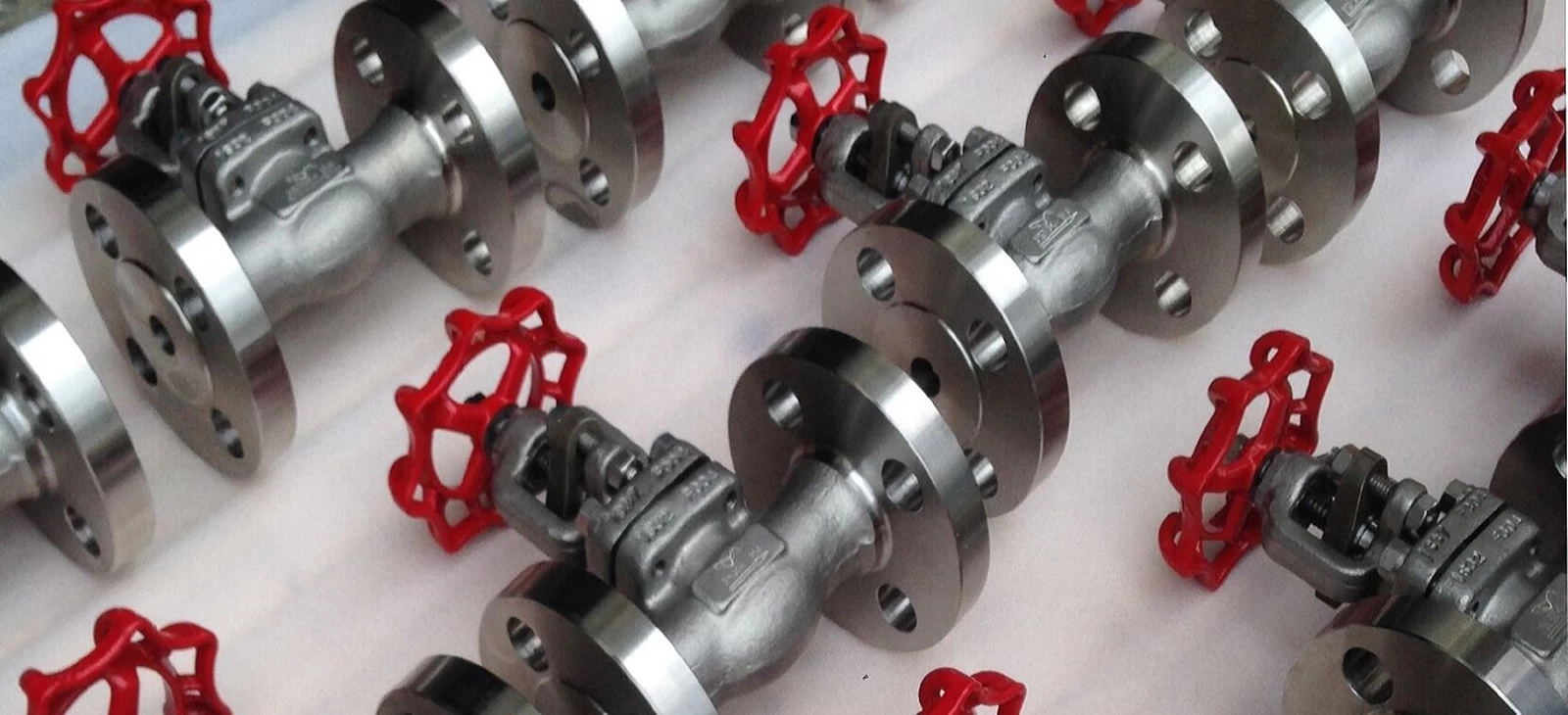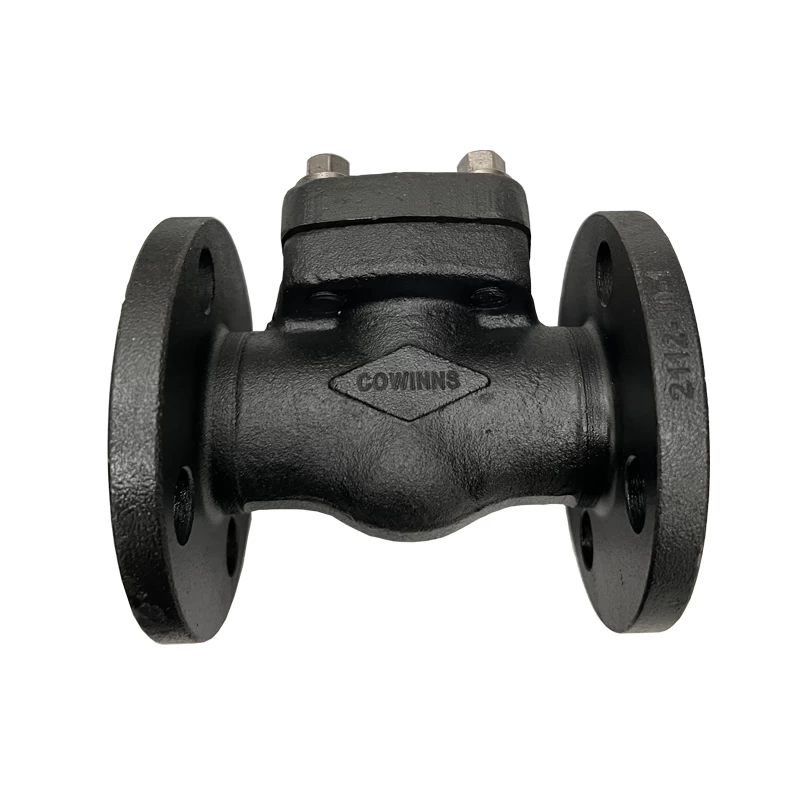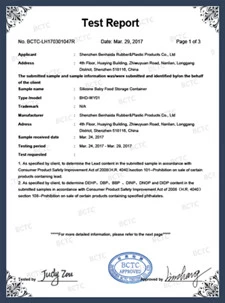Cowinns control valve engineers design different control valve for power plant application. Base on several years' experience we won many new power plant projects and OEM orders. We can not only supply control valves but also for control valve cage ,control valve plug and control valve seat OEM machining. Cowinns has advantage on precision parts machining it will help our client to save much cost .If you have potential demand please feel free email us.

Control valve cage

Control valve cage
Here share some knowledge for control valve
Control valve is a key parts for industrial application. In the field of industrial automation process control, it accepts the control signal output by the adjustment control unit and uses power operation to change the final control element of process parameters such as medium flow, pressure, temperature, and liquid level. Generally composed of actuators and valves. According to the characteristics of the stroke, the control valve can be divided into straight stroke and angular stroke; according to the power used by the actuator, it can be divided into three types: pneumatic control valve, electric control valve, and hydraulic control valve; according to their functions and characteristics There are three types of linear characteristics, equal percentage characteristics and parabolic characteristics. The regulating valve is suitable for air, water, steam, various corrosive media, mud, oil and other media. Commonly used classification of control valves: pneumatic control valve, electric control valve, hydraulic control valve, self-operated control valve.

In the automatic control of modern factories, regulating valves play a very important role. The production of these factories depends on the correct distribution and control of the flowing medium. Whether these controls are energy exchange, pressure reduction or simple container feeding, certain final control elements are required to complete.
The regulating valve acts as a variable resistance in the pipeline. It changes the turbulence of the process fluid or provides a pressure drop in the case of laminar flow. The pressure drop is caused by changing the valve resistance or "friction". This pressure reduction process is commonly referred to as "throttling." For gas, it is close to the isothermal adiabatic state, and the deviation depends on the degree of non-ideality of the gas (Joule-Thomson effect). In the case of liquids, pressure is consumed by turbulent flow or viscous friction, both of which convert pressure into heat, causing a slight increase in temperature.
A common control loop consists of three main parts. The first part is a sensitive element, which is usually a transmitter. It is a device that can be used to measure the adjusted process parameters, such as pressure, liquid level or temperature. The output of the transmitter is sent to the regulating instrument-the regulator, which determines and measures the deviation between the given value or the expected value and the actual value of the process parameter, and sends the correction signals one by one to the final control element-regulation valve. The valve changes the flow rate of the fluid so that the process parameters reach the desired value.
The regulating valve belongs to the series of control valves. Its main function is to adjust the pressure, flow, temperature and other parameters of the medium. It is the final control element in the process loop.
 +86 512 68781993
+86 512 68781993 


















